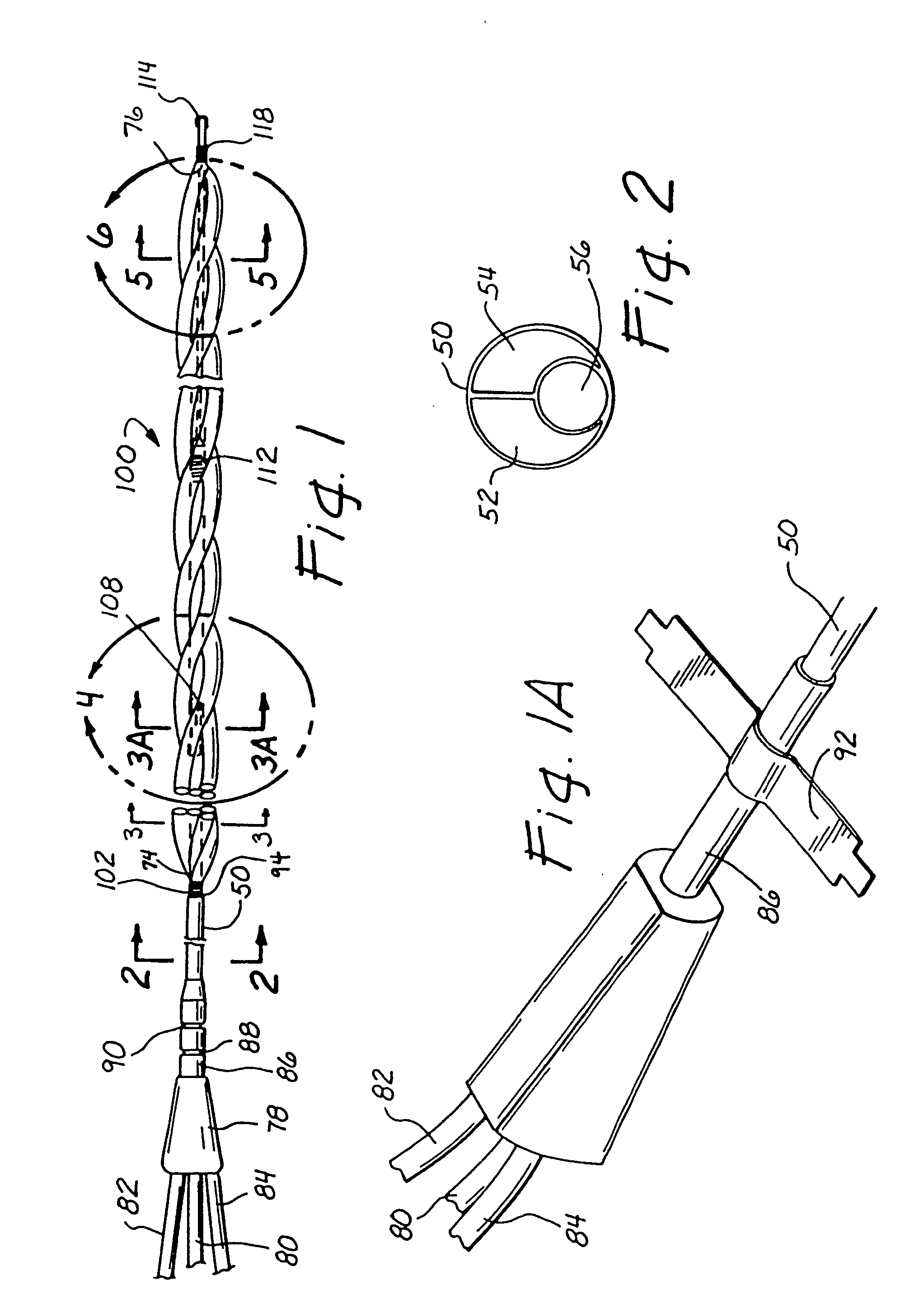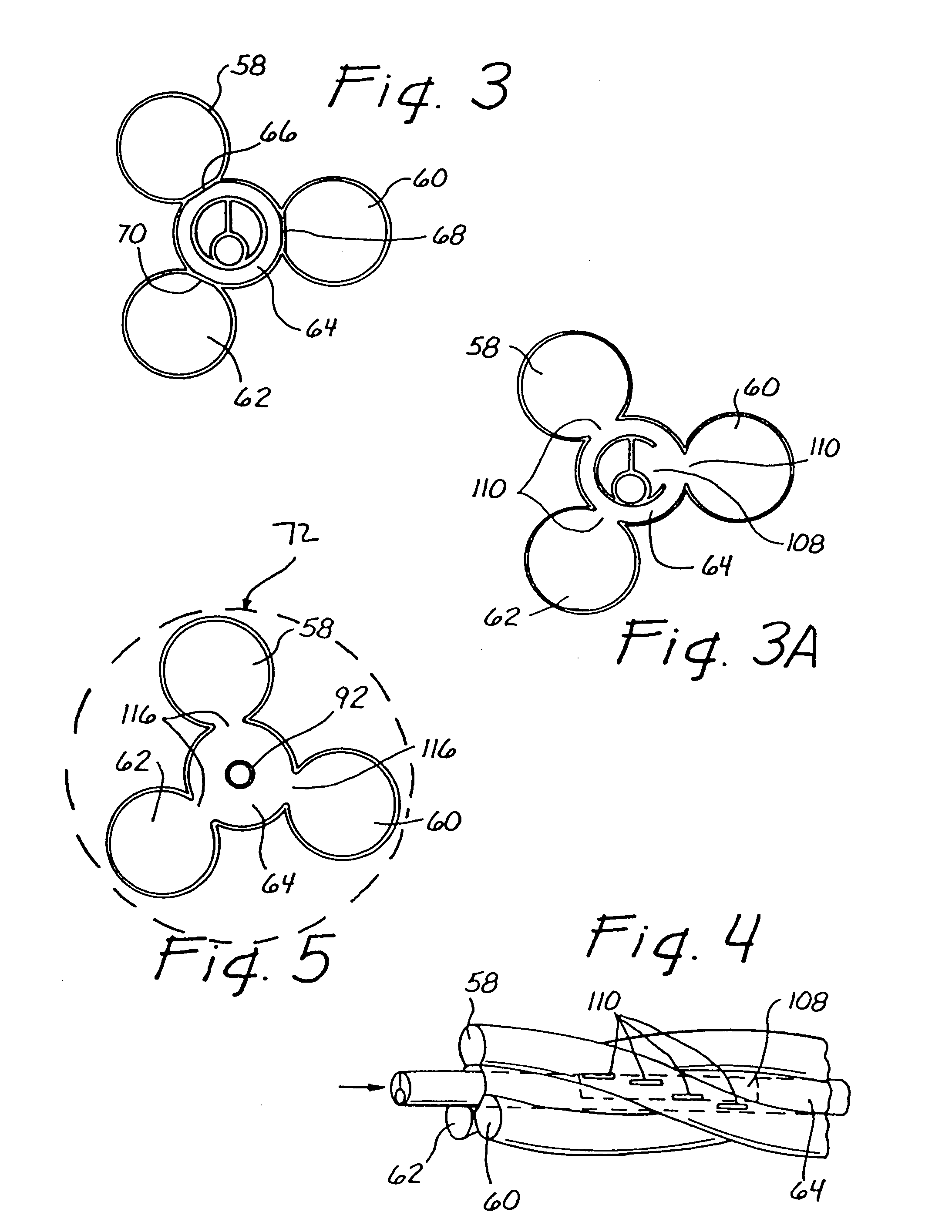Inhibition of platelet activation, aggregation and/or adhesion by hypothermia
- Summary
- Abstract
- Description
- Claims
- Application Information
AI Technical Summary
Benefits of technology
Problems solved by technology
Method used
Image
Examples
Embodiment Construction
[0043] The following detailed description is provided for the purpose of describing only selected embodiments or examples of the invention and is not intended to describe all possible embodiments and examples of the invention.
[0044] A. General Method for Hypothermic Platelet Inhibition
[0045]FIG. 14 is a flow diagram which generally shows the manner in which the method of the present invention may be used in humans to cause platelet inhibition after an initial diagnosis or clinical impression of unstable angina, non-Q-wave MI, transient ischemic attack (TIA) or other disorder wherein platelet inhibition is desired, has been reached. As used herein the term platelet inhibition means any or all of; a) prevention or deterrence of platelet activation, b) prevention or deterrence of platelet adhesion and / or c) prevention or deterrence of off platelet aggregation. As shown in FIG. 14, after the initial diagnosis or clinical impression has been reached, the next step of the general method...
PUM
 Login to View More
Login to View More Abstract
Description
Claims
Application Information
 Login to View More
Login to View More - R&D
- Intellectual Property
- Life Sciences
- Materials
- Tech Scout
- Unparalleled Data Quality
- Higher Quality Content
- 60% Fewer Hallucinations
Browse by: Latest US Patents, China's latest patents, Technical Efficacy Thesaurus, Application Domain, Technology Topic, Popular Technical Reports.
© 2025 PatSnap. All rights reserved.Legal|Privacy policy|Modern Slavery Act Transparency Statement|Sitemap|About US| Contact US: help@patsnap.com



